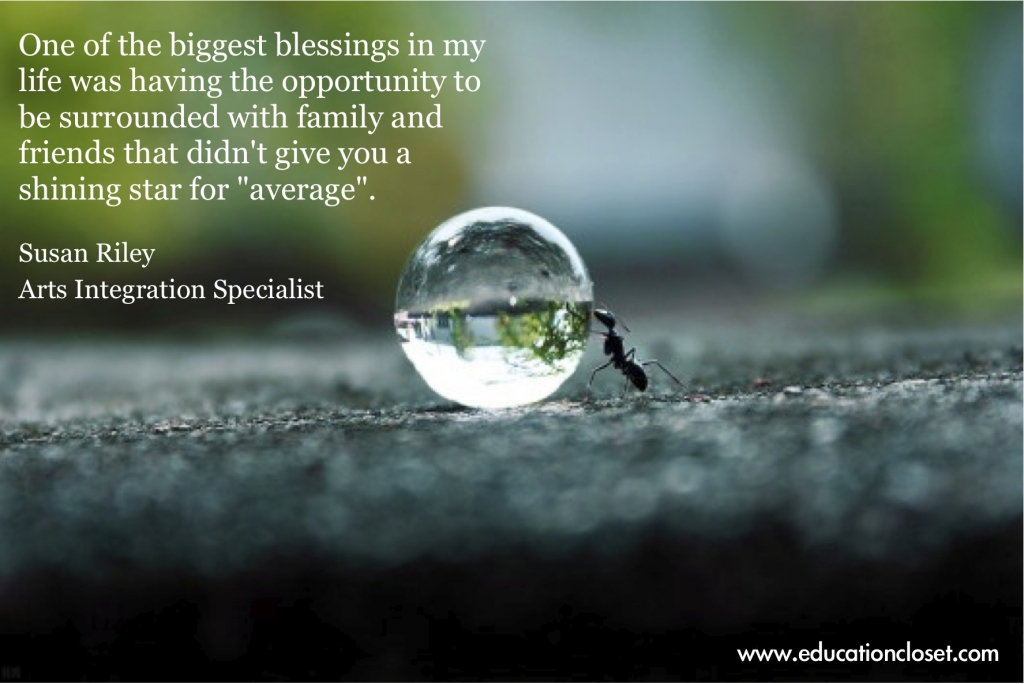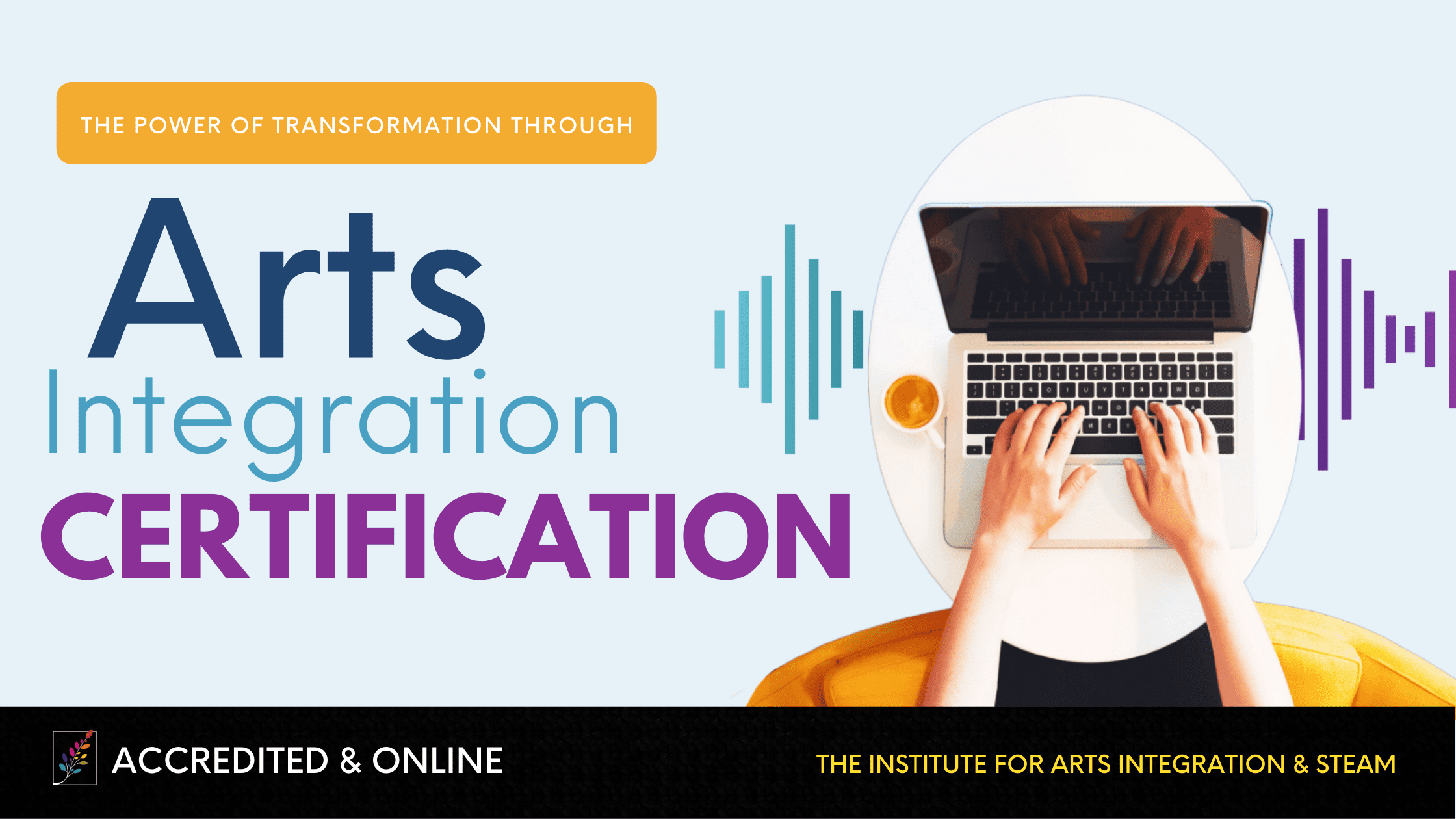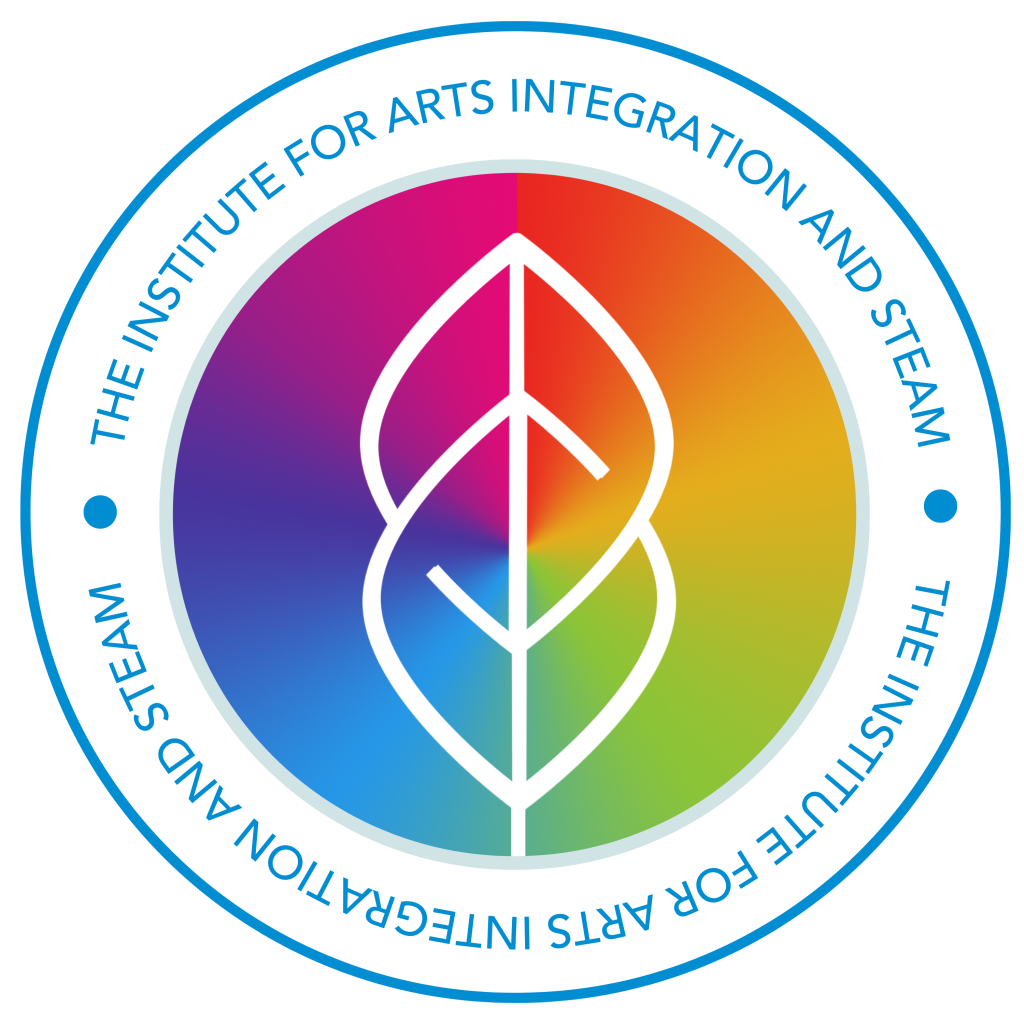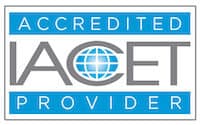Susan Riley | May 2013
Bringing the Pride Back
If you ever had the chance to go back in time and select where to grow up, I would highly suggest a place where it was expected that you had to perform hard work. It could be a blue-collar town or a rural farm, or possibly even a city where you get lost in the crowd if you don't do something to stand out. Where doesn't matter so much as the culture and expectations that surround you.
One of the biggest blessings in my life was having the opportunity to be surrounded with family and friends that didn't give you a shining star for "average". Average was okay, but if you wanted to be awesome, you had to work for it. And while that sounds tough, it creates a lot of positive outcomes. You take extreme pride in the work you do because it was attained with maximum effort – you didn't leave anything on the table. This begets more opportunities and suddenly, after a lot of determination, you're working in your "zone" all the time because that is the place that feels happiest.
What would happen if our schools were a place with that kind of culture?
Our students would be happiest when they were working at their maximum effort level. Not when they are watching a movie, or putting together a craft, or on the playground. When they were working – hard.

This is one of the opportunities that arts integration affords each of our students. Arts integration is naturally structured in a way that students are making connections, learning in their optimum engagement levels, and creating work through applications of concepts across content areas. Arts integration is bringing the pride back to student work and achievement.
This is obvious to arts teachers. Arts teachers set up an environment in their classrooms and studios that embrace high levels of skill and processes. The arts create an expectation of using foundational knowledge in the artform to transform the ordinary into the extraordinary. And students are all too happy to rise to that expectation. They engage in sustained periods of high-intensity exploration, work and collaboration to create a product that isn't average – that would be terrible! – but rather, is truly awesome.
Classroom teachers can use this culture and environment to integrate the arts in and through their own curriculum. By cultivating this mentality and structure, children can learn any content at their optimum achievement level. Arts integration provides much more than a way to connect math to music or reading to art. It provides the foundational environment that leads to exploration, risk-taking, creativity and ingenuity. By using arts integration, all students can have an equitable expectation for success and can take pride in their work as awesome achievements, not just average answers.



